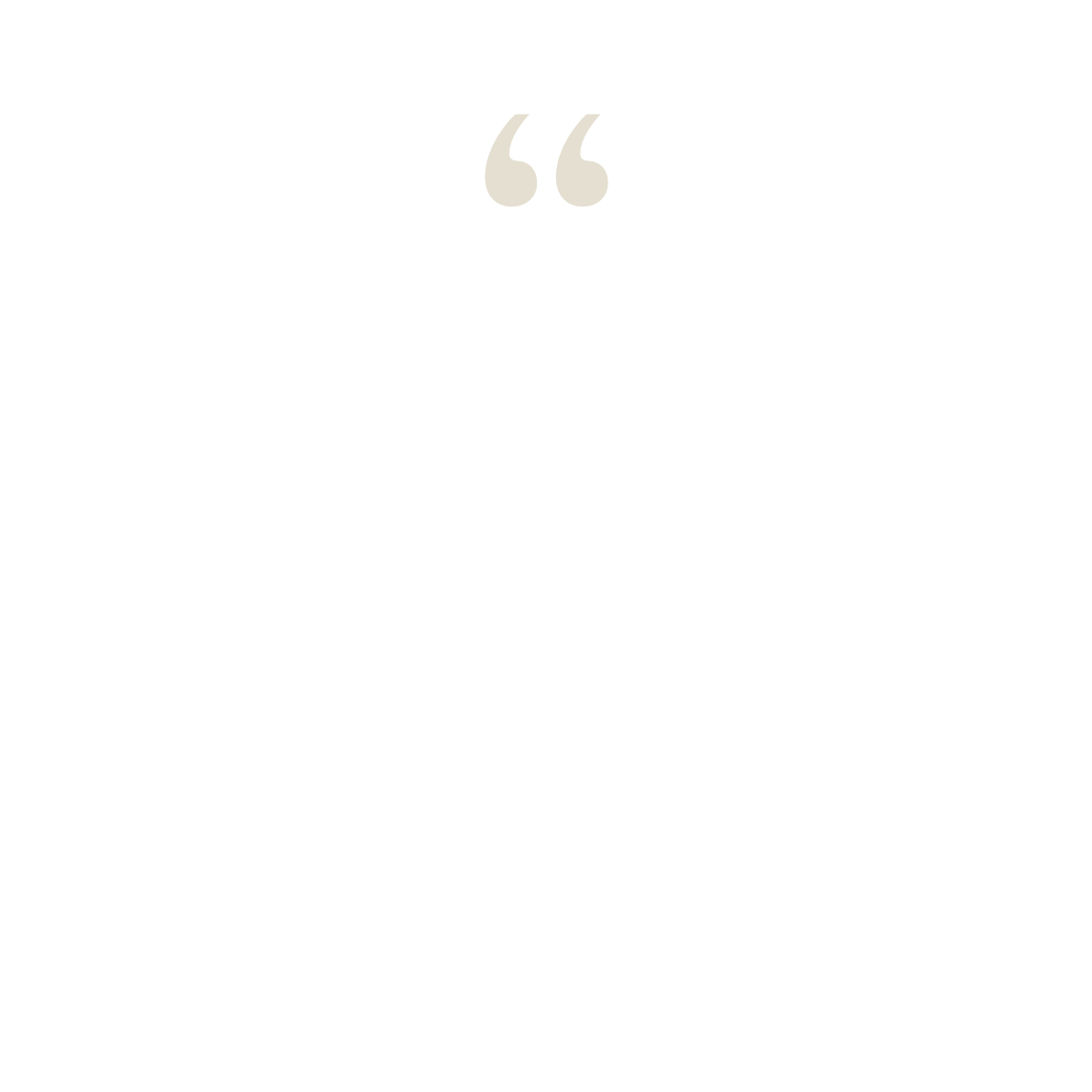

137
The question of the origins of human creativity
remains a very important theme in the natural
sciences, the humanities, and art history. The
advancing discovery of the artefacts of tribal
cultures, prehistoric cave paintings, and rock art
in the nineteenth century motivated scientists to
pursue investigations and speculative discussions
that went beyond the boundaries of their
disciplines. The artistic avant-garde in Europe at
the turn of the twentieth century was filled with
visions of a new art that left the tradition of the
academic style of a moribund society in favour of
a freer mode of expression.
This departure from naturalism in favour of a
new intrinsic and autonomous expressivity, which
was reflected quite early on in contemporary art
theory, coincided with a number of discoveries of
prehistoric rock paintings and artefacts of tribal
cultures and a boom in the study of anthropology.
It was the European avant-garde artists’ search
for a connection between expressivity and
authenticity that led the Spanish artist Joan Miró
to the conclusion that art had been ‘in a state
of decay since the age of caves’. Franz Marc’s
1911 statement on the ‘chilly early morning light
of artistic intelligence’, which he formulated
after his visit to the Ethnological Museum of
künstlerischer Intelligenz“ im Jahr 1911, das er nach
seinem Besuch im Berliner Völkerkundemuseum
formulierte, kristallisiert sich, welche tiefe
Sogwirkung der Eindruck ursprünglicher Bildwerke
in ihrer ausdrucksstarken Wucht zu Beginn des
zwanzigsten Jahrhunderts auf die progressive
Kunstwelt ausübte. Einige Jahre zuvor, während
jahrelanger und intensiver Vorarbeiten zu seinen
Demoiselles d´Avignon, einem 1907 entstandenen
entscheidenden Schlüsselwerk der Moderne voll
geballter Energie und Abstraktion, besucht Pablo
Picasso das Pariser Ethnografische Museum
Trocadero. Welche Art von Offenbarung dies für
ihn bedeutete, bemerkt sein Künstlerkollege Andre
Derain mit den Worten, es gehe hier um „kein
ästhetisches Unterfangen, sondern um eine Form
der Magie.“
So unterschiedlich die Motive der Avantgarden
nach der Jahrhundertwende gewesen sein mögen,
sich stärker an den Artefakten der sogenannten
Primitiven als etwa an wissenschaftlichen
Erkenntnissen zu orientieren, so bedeutsam
war der formale Abstand zur Wirklichkeit, der
auch der prähistorischen Malerei wie überhaupt
der Stammeskunst innewohnt, der nun der
Rechtfertigung des eigenen Schaffens, das heißt,
der Autonomie des Bildes diente. In den Jahren
Die Vorgeschichte ist der wahre moderne Humanismus
Prehistory is the true modern humanism
Leo Frobenius


















